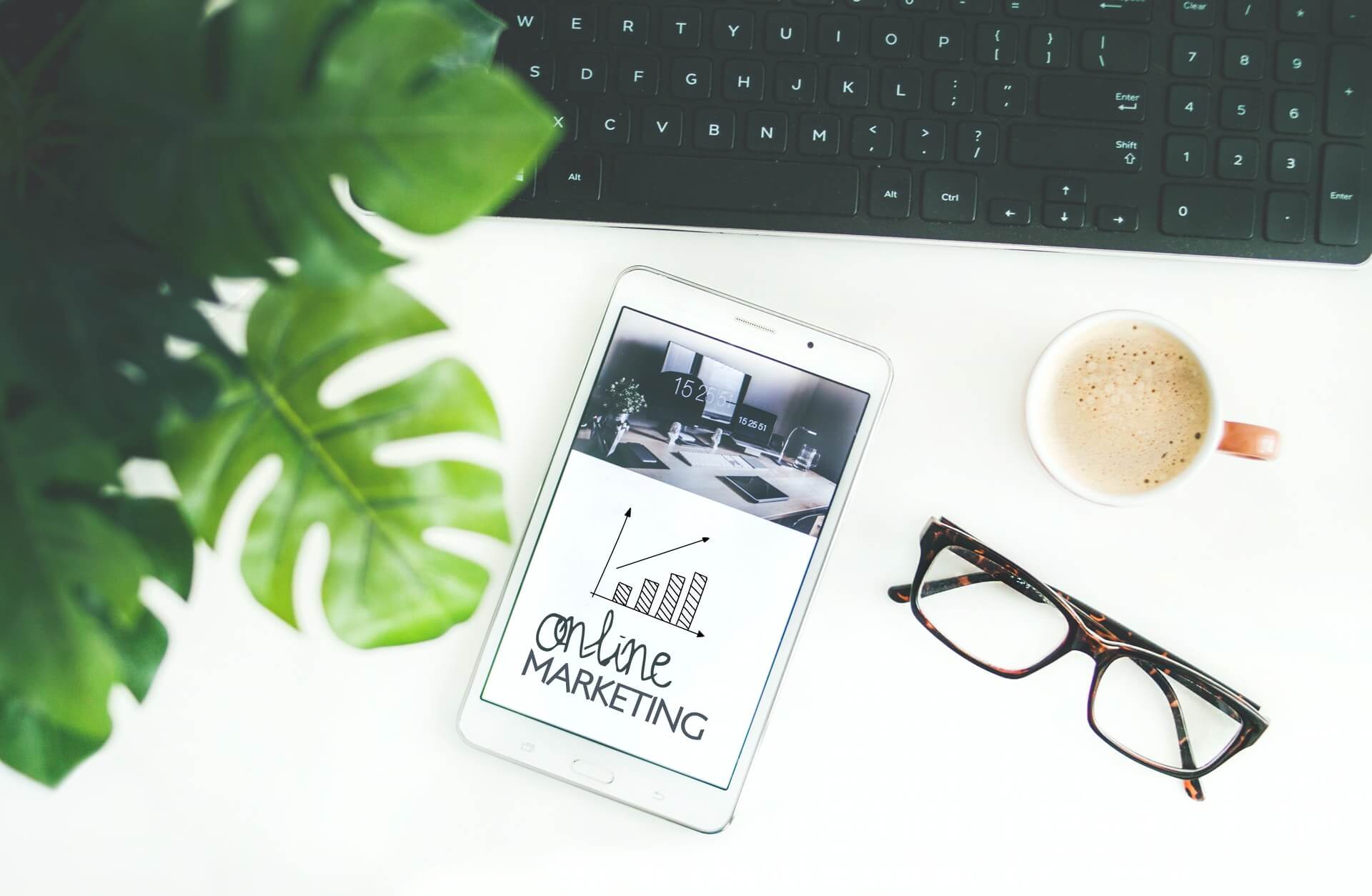If you’re running a store on Shopify and have set up multiple sales channels to reach your target audience, smart move! But merely being present on multiple channels is not going to get you sales. You need to create an omnichannel eCommerce marketing strategy as well to get going!
In case you haven’t completed the first step of setting up sales channels, read our post about choosing the best Shopify sales channel here.
Let’s start from the beginning.
What is an omnichannel marketing strategy?
Think about the last time you wanted to make a purchase. Instead of heading over to the physical store of the brand, you simply chose to head over to their Facebook shop and place an order from there.
Or for that matter, you discovered a product on Instagram while browsing. How many times have you made the purchase right from the platform, without having to leave it to visit the brand’s online store?
That’s omni channel selling. And in times when we tend to spend so much time on platforms like social media, or rely on making purchases from bigger online marketplaces like Amazon, it’s important to give your potential buyers the choice to make the purchase from you seamlessly across any channel they choose to use.
Now omnichannel marketing basically refers to you getting in front of your potential customers on all those channels, to let them know that they can make a purchase from you over there.
Here’s a visual depiction of what omnichannel marketing looks like:

Understanding the omnichannel retail experience
- A customer searches for crystal vases and looks at a few products on Amazon, but leaves without making a purchase
- They see an Instagram ad from the same brand offering a discount code on crystal vases; so they sign up but still not make a purchase
- They start seeing ads for the same crystal vase on YouTube and Facebook next
- They return to the brand site about a week later, add the crystal vase to their cart, but don’t make a purchase
- Within days, they get an abandoned cart reminder on email, SMS, Messenger, push notification or other channels, offering them a discount to complete the purchase
- The customer sees a billboard for the brand showcasing the crystal vase while driving and decides to stop by the physical store to check it out and then completes the purchase online
Why is omnichannel marketing important?
Platforms like Shopify make it easier for your business to set up multiple sales channels. But the noise from competitors on each of these channels varies, resulting in a difference in how discoverable your products are across each one of them.
To be able to actually sell from any of the sales channels you have set up, you need to make them visible to the potential customers.
But we’ll give you a few statistics too.
- On an average, people require about 6-8 touches before being nudged into a purchasing frame of mind or to make their first interaction with your brand
- 47% of online shoppers engage with brands present on five or more channels frequently, as compared to those selling only on their website
- Shoppers who tend to interact and buy from a brand via various channels of theirs - website, marketplace, social media, show 30% higher customer lifetime value due to the convenience offered to them
- 77% of customers cite the value of time as their reason to choose brands that sell across multiple sales channels
Simply put, the new age consumer demands convenience when it comes to shopping online. And having an online store alongside a brick and mortar one, just doesn't cut it any more. You need to look into where they are the most active and why, and make it a point to become visible that they can buy from you there.
How to create an omnichannel marketing strategy to increase Shopify sales?
In the following section, we are going to list down a step by step process to get started with omnichannel retail selling. We have also included some omnichannel retail examples to help you put things into perspective:
1. Set up the sales channels your audience is present on
The very first step to creating an omnichannel marketing strategy is to study your audience and understand how shoppers tend to interact with your brand. Identify the platforms they tend to make the most number of purchases from, or spend time on. The idea is to start with sales channels that they are looking for!
We wrote a comprehensive guide on the different types of sales channels you can set up on Shopify, and the benefits of each. Learn more about Shopify sales channels here before setting them up.
2. Identify your value proposition and messaging
The next thing you need to do is identify what you want to be perceived as and what you want to be known for on all the sales channels you do set up.
The goal here is to identify a value proposition that will make your products stand out and entice consumers to make purchases. For example, “I am the most sustainable and budget-friendly shoe brand for the millennials.”
Then comes your messaging - how you take your value proposition to the market. For example, “turn sustainability into daily fashion with our affordable range of footwear.”
This step is extremely important because as you start to expand your sales channels, you might end up diluting your message in the hope that it clicks with that audience. Keep your base firm and documented.
3. Create a consistent look and feel across all channels
When you see a McDonald’s advertisement across the highway or a banner in the red color, you automatically know who it is!
That’s the kind of recall you need to establish as you start to sell across multiple channels.
Apart from your brand’s messaging and offer, the next thing you need to keep consistent is the look and feel of your products. This includes the type of product images you offer, the overall theme you follow, the colors, etc.
The goal is to give a seamless visual experience across all the channels when you sell products. Imagine using a muted theme on your Shopify store while displaying products to show you’re a luxury brand; and using neon bright colors on social media to entice buyers there. You would end up confusing the audience who your products are really meant for.
Here’s an example from Rowing Blazers - this is what the look of products look like on their online store channel:

And this is how they keep it on their Instagram sales channel:

4. Promote your sales channels
Remember, you need to let your customers know which sales channels they can make purchases from.
Let’s assume you launch a part of your collection on Amazon because a segment of your audience trusts the marketplace for faster deliveries. You cannot expect them to go searching for your products on Amazon to check if they’re there or not.
This is where announcing your sales channels comes into play.
Make sure that you promote it on your social media handles, let your email and SMS subscriber list know as well. You can additionally also add a banner on your Shopify store to announce where your products are available.
A simple message like “Hey Janet, our products are now available on Amazon with a 5% off discount from the store. Explore our range now. <link>”, can go a long way to getting your sales channels discovered!
Here’s an example of a post you can make:

5. Run sales-channel specific campaigns
If you see that there is a segment of your audience in a location that chooses to get deliveries from Amazon, you can attract them by running specific promotions too.
For example, “Buy our products from Amazon to get an additional 10% off. Offer available only to those getting orders in XYZ place name.”
When setting up sales-channel specific campaigns, remember, the idea is to not always move the buyers away from making a direct purchase from your store. It is to enable those who feel they can’t make a purchase from your store, to make the purchase from you anyhow.
6. Always nudge purchases from your Shopify store
No matter what sales channel you make a sale from, remember to nudge this new customer to make the next purchase from your Shopify store directly.
You obviously don’t want to keep paying commissions on every sale you make, when it can be made on your store.
You can do this by simply including a little card in your packaging or including the details of your website on the main boxes, asking the customer to check out your store for more products. We have also seen brands include a note in their packaging that includes how they’re offering an additional discount or free shipping on items that are bought directly from their website!
Get innovative about how you’d want to drive the customers who buy from sales channels to your Shopify store.
7. Never forget to ask for feedback and reviews
Remember, every sales channel you set up has their own pros and cons. Marketplaces, for instance, have their own shipping and delivery partners that may or may not be able to keep up with your customer expectations.
This is why no matter where a consumer makes a purchase from, always reach out with a follow-up requesting feedback on their experience. Marketplaces too, let sellers send follow up messages from their platform.
At the same time, also make sure you ask for product reviews. The more reviews you have on each channel, the more likely you are to make more sales in the coming future on that channel!
You can also always display the ratings and reviews you receive on other channels, on your Shopify store.
For example, “best rated product on Etsy” with a link to the testimonials you have received is still social proof that can boost your Shopify store sales.
Omnichannel retail selling and marketing examples (success stories)
You may feel like omnichannel retail selling is a lot of work and overwhelming to put into place. But here's taking a look at some omnichannel retail examples from Shopify Plus brands and the success they have found with it:
1. BonLook
A prescription eyeglasses and sunglasses brand, has physical stores in Canada but sell to a global audience worldwide. They are currently using their Shopify Plus to replicate in-store shopping by offering virtual try-ons on the store. This has helped the brand increase their average order values by almost 18%.


2. Sweetwater
Sweetwater is an online brand that sells musical instruments and pro audio equipment. While its retail location features a massive collection and studios to help consumers choose the right items, they have integrated this experience to their online store by assigning sales engineers to each customer.


Don’t shy away from omnichannel retail selling!
A lot of internet gurus will ask you to not sell your products on sales channels like marketplaces. The reason they state is the commission you need to pay on every order placed via their platform.
While that is true, you also need to understand that being present there is like getting consumers to realise that your brand exists. The goal is to get your brand noticed, make consumers aware of your products and remove the barriers they may have before wanting to experience your products.
Once you start making sales across multiple sales channels, you can actually nudge those customers to buy from you directly.
So don't shy away from setting up multiple sales channels for your Shopify store.
And if you need any help, feel free to reach out to our Shopify experts.




